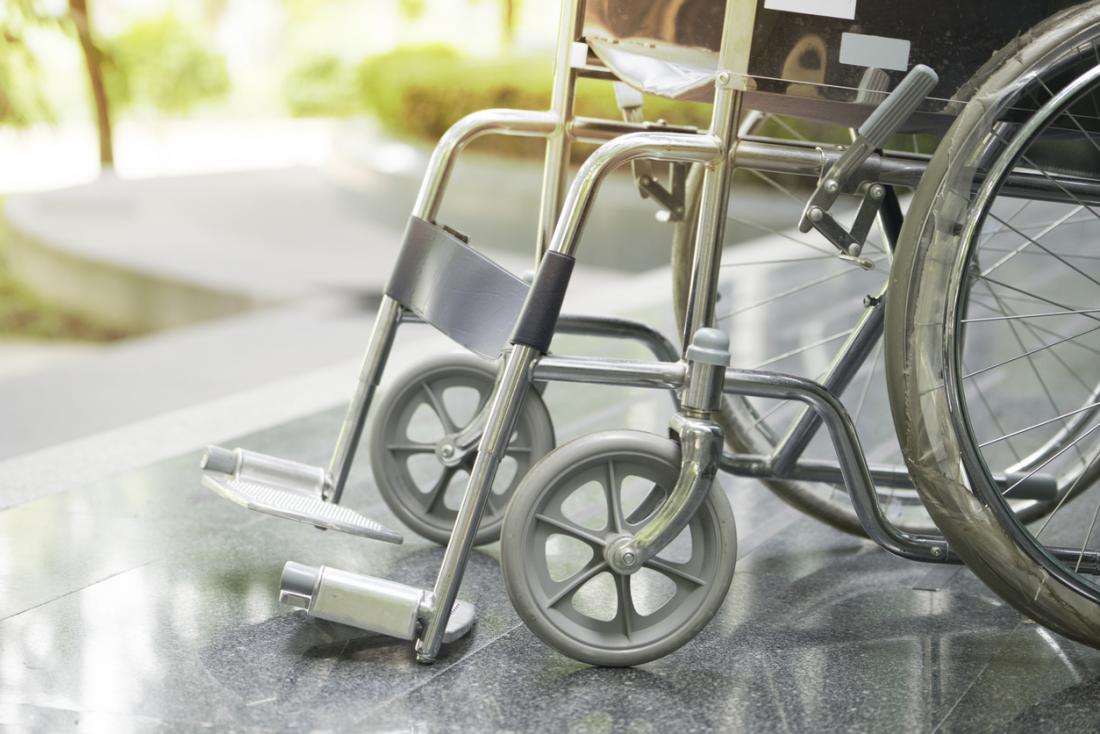The Benefits of Using Mobility Aids for Elderly and Disabled People

The Benefits of Using Mobility Aids for Elderly and Disabled People
Today's technology has opened up many new possibilities for elderly and disabled people to maintain their mobility. Mobility aids, such as wheelchairs, walkers, or canes, provide important physical support to those individuals, allowing them to lead fuller, more independent lives. This article will examine the various benefits of using mobility aids for elderly and disabled people, including increased freedom and greater well-being. Additionally, this article will explore the various types of mobility aids available and how they can help to improve the quality of life of elderly and disabled people.
Mobility aids such as walkers, wheelchairs, and canes have been a great benefit to older adults, those with disabilities, and other individuals with limited mobility. They not only provide safety, support, and balance while they are moving around, but they can also help reduce pain and fatigue due to walking or standing for long periods of time (Thompson 2011). These aids can give people with mobility limitations the freedom, independence, and confidence to live a more active lifestyle (Agudo 2015). Additionally, using a mobility aid can reduce the risk of falling and assist with maintaining greater control over movement. Thus, mobility aids are an essential tool for providing freedom and better quality of life for those with mobility impairments.
Mobility aids, such as wheelchairs, scooters, and various walking aids, can provide tremendous physical and psychological benefits for elders and disabled people. By increasing mobility, these aids can prevent physical deterioration and improve the quality of life for individuals who may otherwise be restricted when moving about (Schrenk & Anneser, 2016). Furthermore, studies have shown that elders and disabled people who are able to move more freely are able to form and maintain social relationships more effectively than those who are house- or bed-bound (Erol et al., 2015). Mobility aids can thus provide a great sense of freedom, independence, and quality of life, enabling these individuals to more actively participate in both their personal and professional lives.
Mobility aids give elders and disabled people the ability to move around their home, work or leisure locations with greater ease and independence. Studies have shown that using mobility aids such as wheelchairs, scooters, and walkers can have beneficial effects on a person's quality of life and independence (“Mobility Aids,” n.d.). For example, a wheelchair or scooter can help an elderly person or disabled person move about their home more easily and help them remain independent and mobile. Additionally, mobility aids can sometimes be used in combination with other aids and services, such as home modifications and assistive technology, to enable an ever higher level of living independence (“Mobility Aids,” n.d.). In this way, mobility aids can be an important tool for allowing elders and disabled people to retain their independence and lead active and vibrant lives.
Using mobility aids can provide many benefits for elderly and disabled people to help them maintain independence and overall health. However, it is important to note that there are also some potential disadvantages associated with relying on walking aids and devices. For example, it can be difficult to become accustomed to the aid, as it is necessary to learn the new way of walking (Gootzeit and York, 2010). This can lead to lack of confidence and a decline in overall mobility. Additionally, balance, strength and coordination are affected, making it more difficult to move between the aid and other surfaces, such as steps or curbs (Gootzeit and York, 2010). Furthermore, using a mobility aid, such as a wheelchair or walker, can lead to feelings of being socially excluded as these aids are quite visible (C. Anderson, 2002). Thus, mobility aids can provide invaluable health and social benefits, but it also important to note the potential disadvantages.
The use of mobility aids for elderly and disabled people can significantly improve their quality of life. Mobility aids can help improve safety and stability while walking, reduce the risk of falls, increase independence and provide support while getting around. Furthermore, using mobility aids can help reduce fatigue, decrease pain, and improve mobility confidence. Therefore, using mobility aids is a beneficial and safe way for elderly and disabled people to get around, providing them with a sense of independence and peace of mind.
References:
“Mobility Aids.” Assistive Technology Blog Center, Smart Okanagan and Sunwave, 11 April 2011, https://www.soscp.ca/blog/mobility-aids.
Anderson, Charles. 2002. Shaping Movements with Mobility Aids. American Journal of Physical Medicine & Rehabilitation 81 (6): 462-70. Gootzeit, M. and York, A. 2010. Physical Activity and Mobility in Elderly People: A Review of the Use of Mobility Aids. Evolution in Aging: Physiological and Pathological Perspectives 5 (5): 263-75.
Mobility Aids. Assistive Technology Blog Center, Smart Okanagan and Sunwave, 11 April 2011, https://www.soscp.ca/blog/mobility-aids. Schrenk, P., and Anneser, J. 2016. The Importance of Physiological and Psychological Benefits of Walking Aids for Older People. Topics in Geriatric Rehabilitation 32 (3): 154-59.
Recent Posts
-
Understanding Blood Pressure: A Senior's Guide to Monitoring Health
Understanding Blood Pressure: A Senior's Guide to Monitoring HealthIn today's fast-paced world, prio …Jul 12th 2022 -
Medical Furniture for Virtual Consultations: A Growing Trend
Medical Furniture for Virtual Consultations: A Growing Trend As we are all familiar with the ri …Sep 14th 2021 -
10 Easy Ways to Improve Bathroom Safety for Seniors
10 Easy Ways to Improve Bathroom Safety for Seniors As a society, it is important for us to tak …Aug 11th 2021
